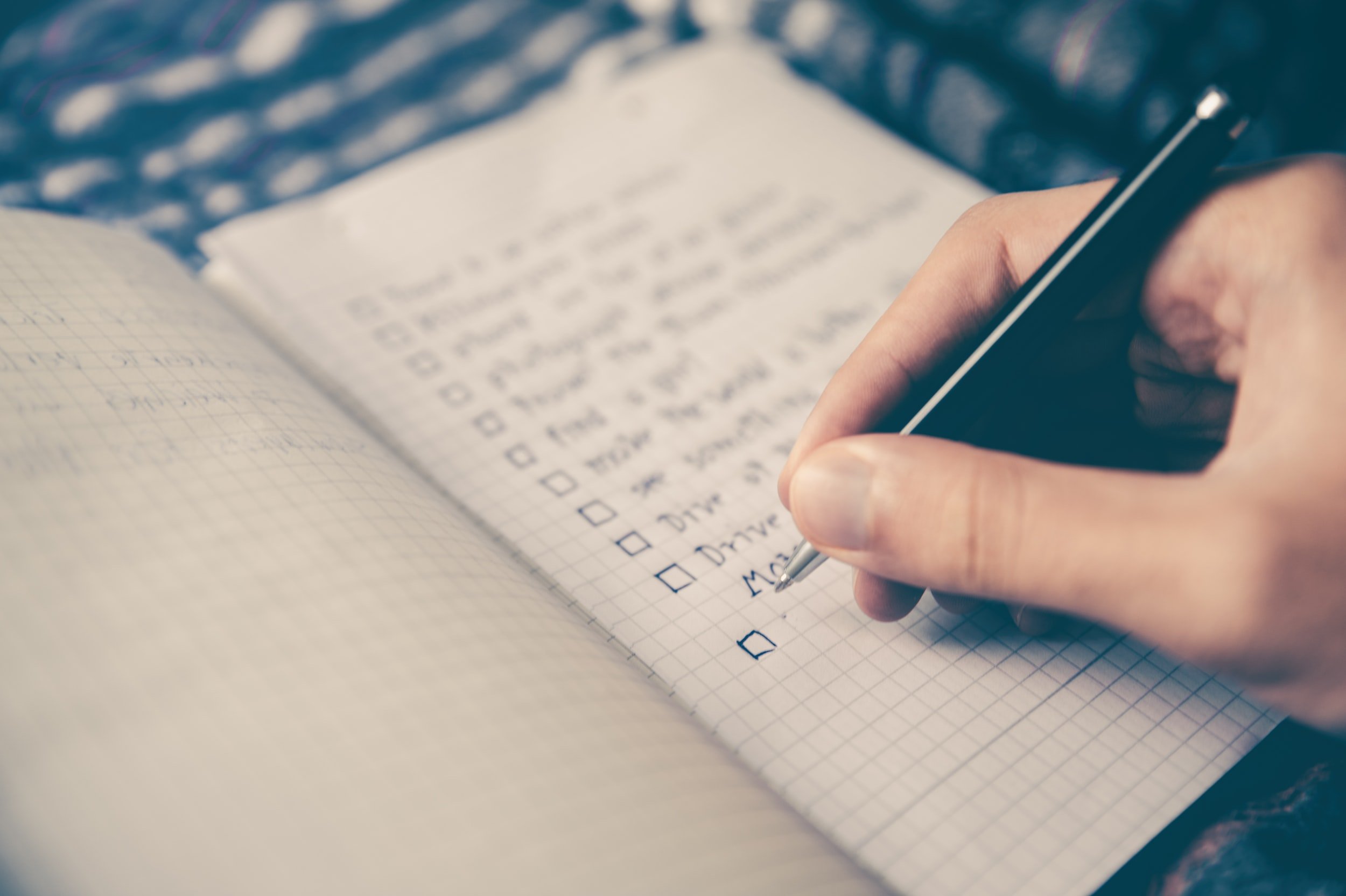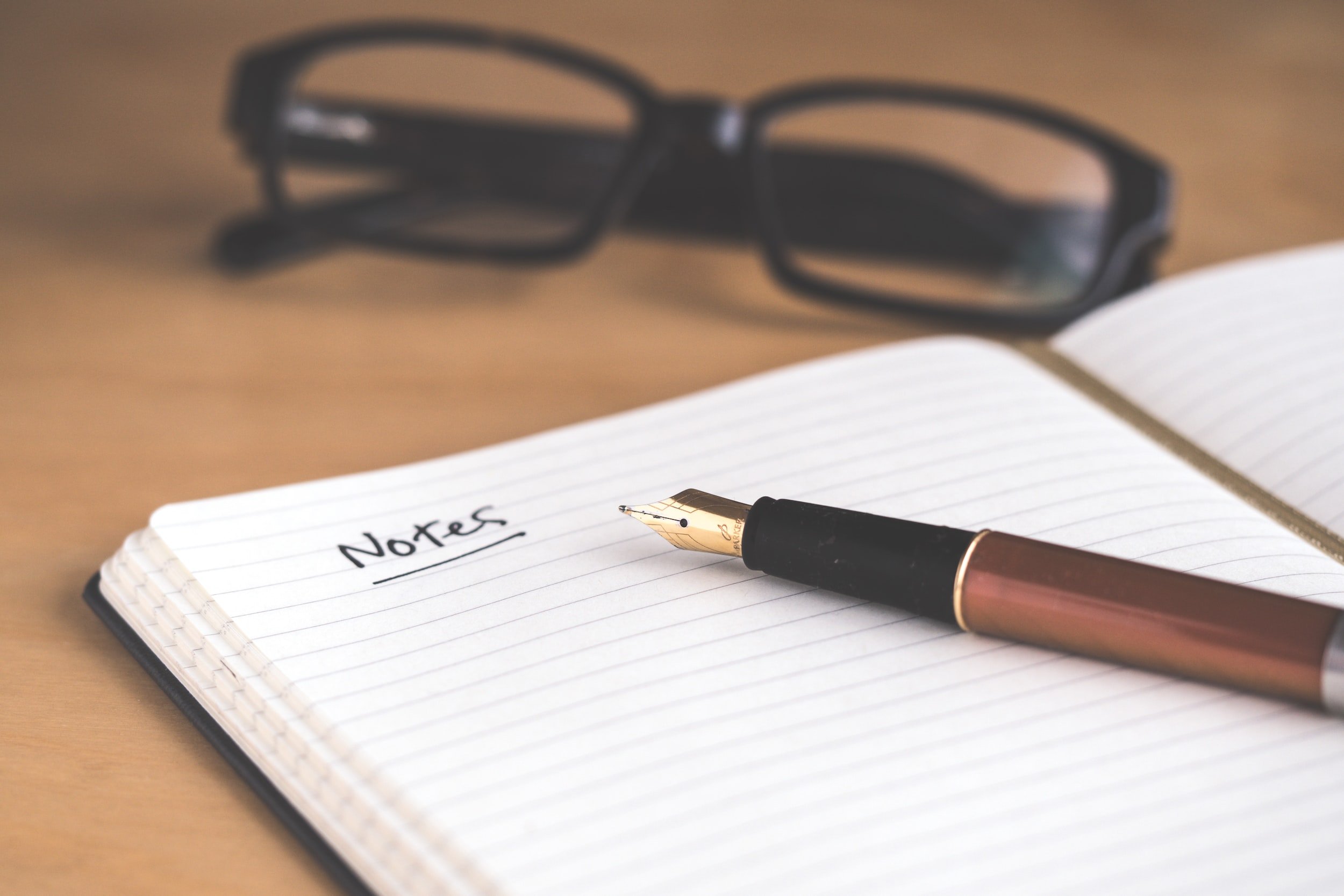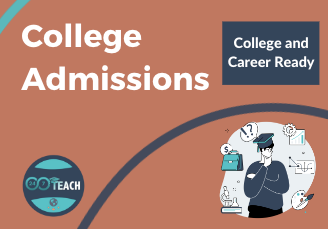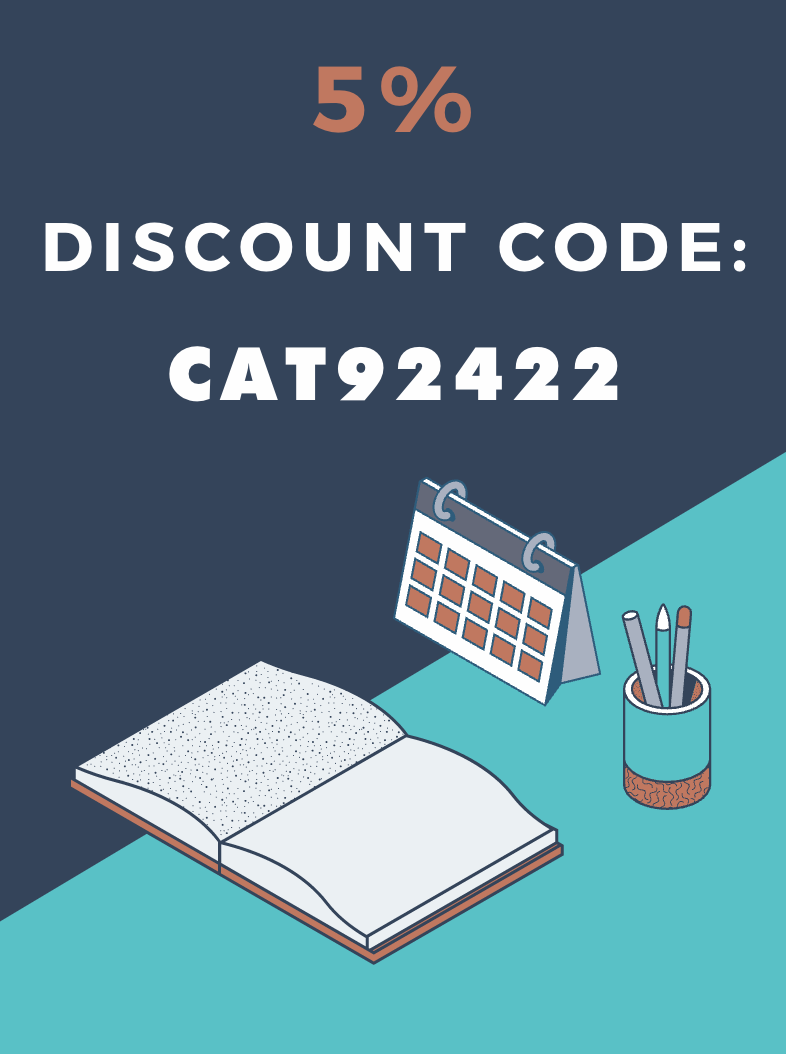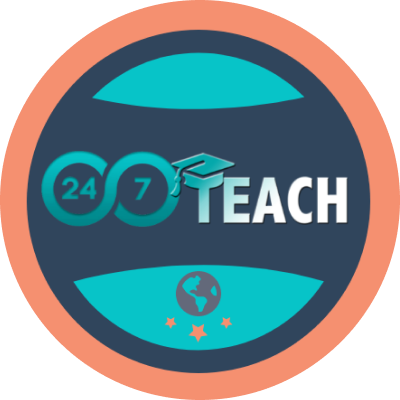The Art of Effective Note-Taking for Students
By: Justice Jones
24/7 Lead Superstar
Prefer to listen to this post? Click below.
Note-taking is a critical aspect of learning and an essential skill for students and professionals alike. The process of taking notes helps you to focus, retain information, and organize your thoughts. Effective note-taking requires more than just writing down information verbatim. Instead, it requires careful consideration of the information presented and active engagement with the material. This blog post will explore how to take practical notes that support deep learning and discuss the most effective note-taking formats.
Why is note-taking important?
Note-taking is an essential tool for learning because it helps you to process and retain information. When you take notes, you actively engage with the material, enhancing your understanding of the subject. Also, taking notes helps you identify the most critical information and prioritize learning. When you review your notes later, they serve as helpful references and can help you to remember the material more easily.
How to take practical notes?
Taking effective notes requires a combination of attention, focus, and organization. Here are some tips for taking useful notes:
Pay attention and be an active listener: The key to taking effective notes is to pay attention to the information presented. This means being an active listener and engaging with the material by asking questions and summarizing information.
Simplify and condense information: When taking notes, it is essential to simplify and condense the information, not by writing down everything verbatim but only focusing on the main ideas and key concepts.
Use abbreviations and symbols: Abbreviations and symbols can help you to condense your notes and save time. However, be sure to use abbreviations and symbols that are easy to understand and remember.
Organize your notes: Effective note-taking requires organization. This means using headings, subheadings, bullet points, and other organizational tools to structure your notes and make them easier to read and review.
Personalize your note-taking style: There is no one right way to take notes. Instead, you should find a note-taking technique that works best for you and stick with it. This could mean using a combination of different note-taking formats, such as bullet points and mind maps.
Most effective note-taking formats:
Cornell Method: The Cornell Method is a popular note-taking format that divides your paper into three sections: a note-taking section, a summary section, and a cue column. The note-taking section is where you write down information verbatim. The summary section condenses the information. In the cue column, you write keywords or questions to help you review the material later.
Outline Format: The Outline Format is a straightforward note-taking format that involves using headings and subheadings to structure your notes. This format is particularly useful for lectures and presentations that follow a clear structure.
Mind Maps: Mind Maps are a visual note-taking format that involves creating a diagram of interconnected ideas and concepts. Mind maps are an effective way to connect related ideas and help you to see the big picture.
Chart Format: The Chart Format involves using tables or charts to organize your notes. This format helps organize information that is numerical or involves comparisons.
Graphical Format: The Graphical Format uses visual elements, such as diagrams and sketches, to represent information. This format is particularly useful for subjects that involve spatial relationships, such as science and engineering.
Conclusion:
In conclusion, taking effective notes is a valuable tool for enhancing your learning and retaining information. Whether you are a student or a professional, taking practical notes can help you stay organized and focused and provide a valuable reference for future use. With the tips and formats outlined in this blog post, you can develop a note-taking strategy that best supports your learning goals. Remember, taking effective notes is not just about writing down information verbatim but about actively engaging with the material, simplifying and condensing information, and organizing your thoughts. So, take the time to find a note-taking format that works for you and start using it today – you'll be amazed at the difference it can make in your learning and retention.
Did you know the earlier you start the college application process, the easier it is? If you are ready to start thinking about the college application process, set up a free strategy call with one of our 24/7 College Admissions specialists and learn everything you need to create a successful college application plan for yourself or your teen.

